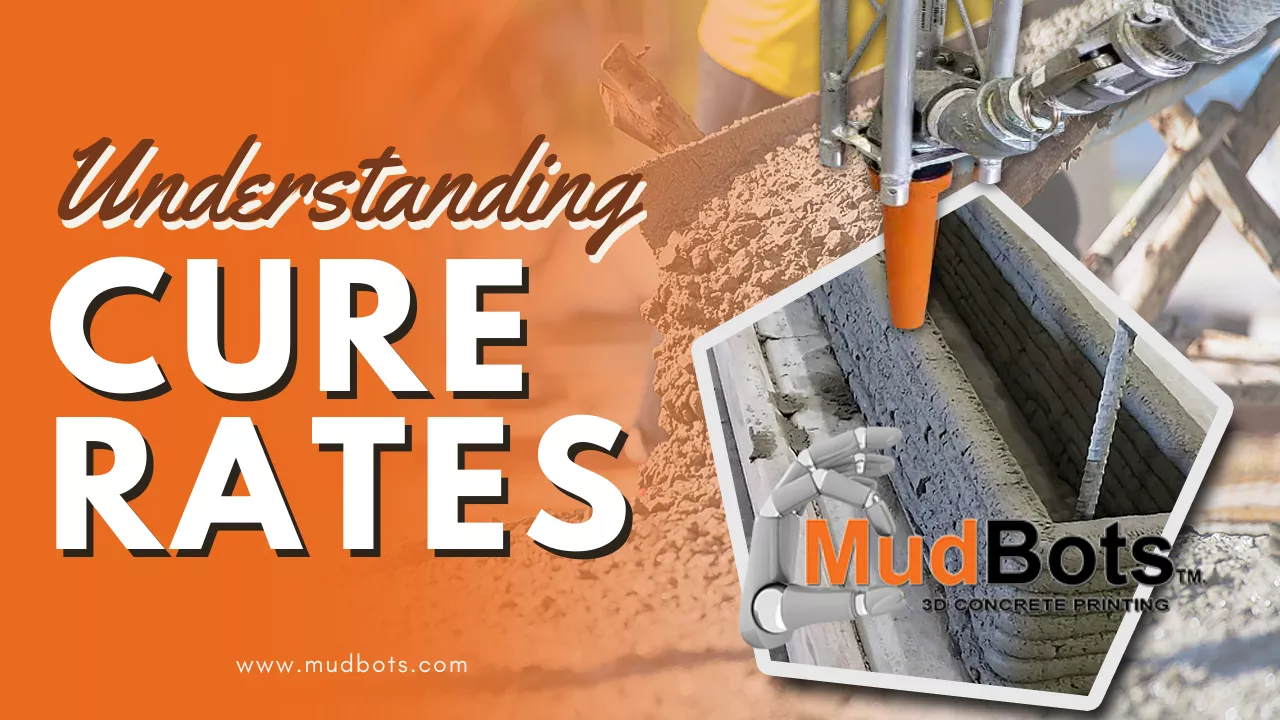Share
General
Hollow Walls vs Mortar Support Walls
By Mudbots ● Apr 21, 2020 ● Duration: 00:10:23 ● 76
Mudbots is dedicated in perfecting the formula in creating 3D Printed Walls with stronger tensile strength through the use of different raw materials like synthetic fiber, hempcrete, geopolymer and more. Watch this video and see the difference between hollow walls and mortar support walls. Link to Cost Calculator here: https://bit.ly/2zdYl53
Keywords
Rebar, structural engineer, building department, 3dcpMore concrete printing videos

